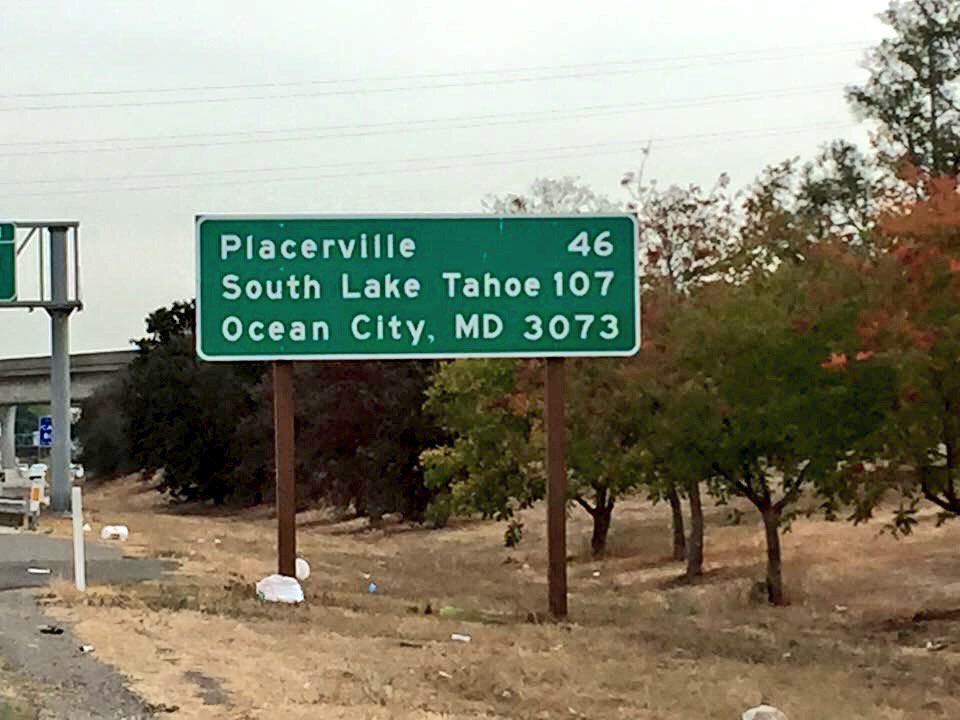The follow up questions involved deciding if certain cities felt hurricane force winds or just tropical storm force winds. This is where students were to discover/use the distance formula to determine if the cities were within the range to feel certain winds. Students that used the map distances for coordinates had to account for that in their checking process. It led to some great discussions about units.
At the bottom of the page, students were asked to create a general statement about what it takes for a city to have felt hurricane force winds. I had to do some clarifying and next time would ask students to make a rule for a city with coordinates of (x,y). This would help clarify the expectation that I want a symbolic statement comparing (c,y) to (90, -20) and the required 80 mile mark. Students that were able to handle this extra task discussed the use of square roots, inequalities, and variable coordinates to represent an infinite number of solutions.
On the map, students were asked to color the area that was affected by hurricane winds and the area affected by tropical storm force winds. With some prompting, students were able to draw the required circular sections. We then connected the visual to the inequality for a rich discussion. Overall, one of my more successful lessons because of the depth of the task, the ability to conceptualize their own coordinates (either in miles or cm) and the representation of a "real-world" problem through instances, inequalities and graphs.

 Jen Silverman
Jen Silverman 

